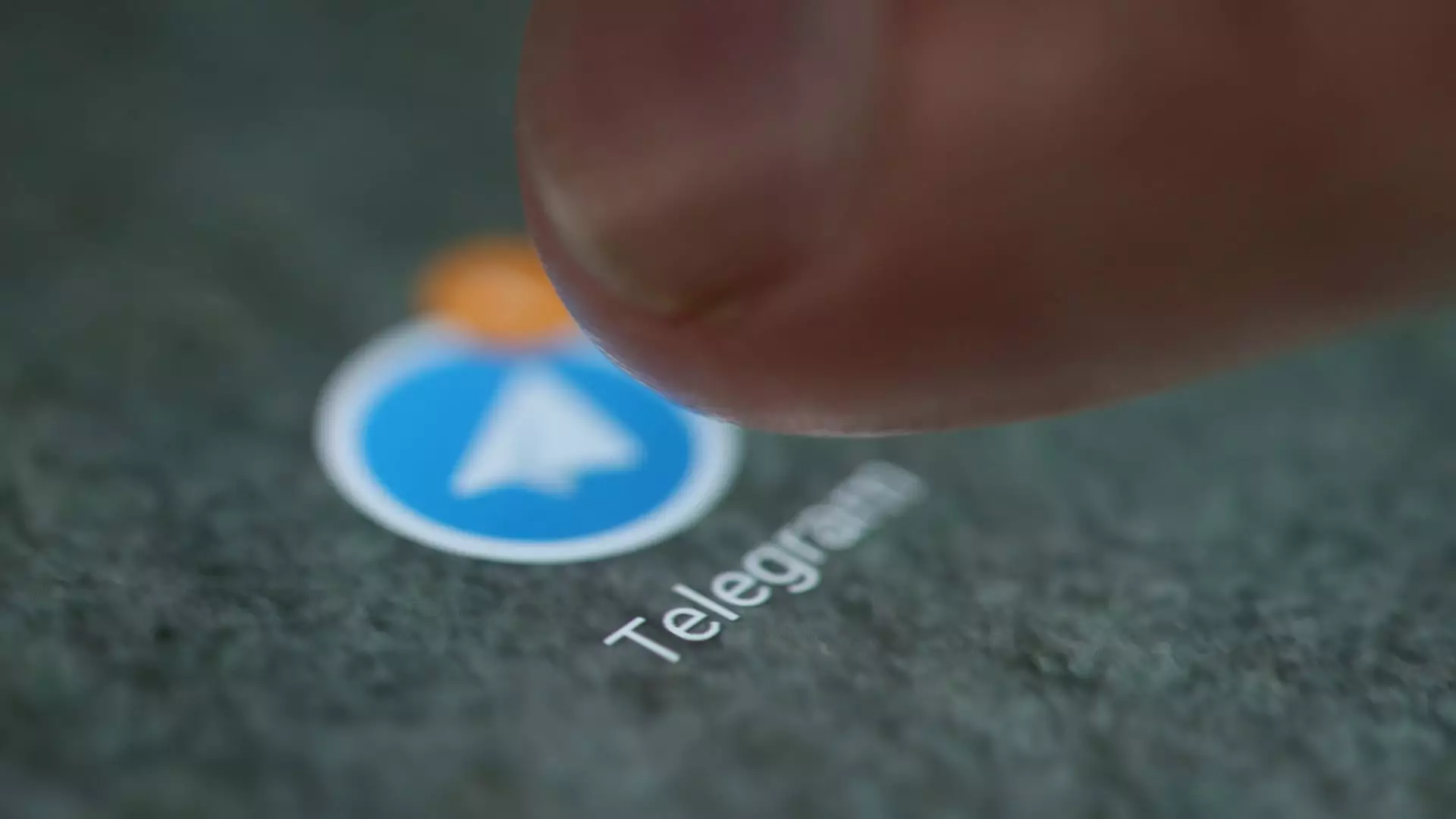In an era where digital innovation continuously breaks down barriers, Telegram’s recent rollout of its integrated cryptocurrency wallet marks a pivotal shift in how social platforms might influence financial transactions. Unlike traditional financial tools or dedicated crypto exchanges, this move integrates financial freedom directly within a widely-used messaging app, transforming the user experience from mere communication to enabling economic activity effortlessly. Such integration signals a bold vision: making cryptocurrency as intuitive as sending a message, thus democratizing access to digital assets for millions of users in the United States and beyond.
The core idea revolves around embedding a self-custodial wallet — TON Wallet — into Telegram’s familiar interface. This seemingly simple feature carries profound implications: it invites users who are typically wary of complex wallets or security concerns to now take ownership of their private keys without navigating technical hurdles. The fact that private keys are split between the user’s Telegram account and email reduces the typical risks associated with self-custody, blending security with convenience. In essence, Telegram is challenging the notion that managing cryptocurrencies must be complicated and intimidating, instead proposing that such activities can be seamlessly woven into our daily communication routines.
Empowering Users with Financial Sovereignty and Simplicity
One of the most compelling attributes of Telegram’s approach is its emphasis on user sovereignty. By providing a self-custodial wallet, Telegram places control directly into the hands of its users, rather than relying on third-party custodians. This decentralization aligns well with the core principles of blockchain technology, fostering trustless transactions while sidestepping some of the regulatory and security concerns associated with traditional financial institutions. Additionally, users can send stablecoins and tokens as casually as they share images or messages, effectively normalizing digital currency transfers and dissolving barriers that once made such actions cumbersome.
The onboarding process underscores this desire for simplicity. No downloads, seed phrases, or complicated setups are required; instead, users benefit from a split-key backup system that is embedded within the familiar Telegram ecosystem and paired with email. This design choice is both pragmatic and strategic, as it reduces friction and opens the door for mass adoption. It’s a subtle but powerful statement: blockchain and crypto should not be confined to technical experts or niche communities but accessible to everyday users who just want a straightforward way to manage and transfer assets.
Strategic Moves and Future Prospects in a Competitive Landscape
Telegram’s decision to launch in the U.S. comes after a successful global rollout, amassing over 100 million wallets activated worldwide this year. The delay previously linked to regulatory uncertainty, but recent shifts suggest a more accommodating environment. By partnering with established providers like MoonPay for fiat on- and off-ramps, Telegram circumvents some compliance hurdles, offering a secure yet flexible pathway for users to enter and exit the crypto realm.
This strategic positioning has the potential to disrupt competitors like Cash App and Coinbase, especially if Telegram’s ecosystem begins to attract mainstream users who value ease of use and social integration over traditional financial platforms. Unlike conventional apps that are focused solely on trading or investing, Telegram’s wallet functions are embedded within a social context, making financial transactions feel as natural as messaging.
Furthermore, the platform’s integration with decentralized apps within Telegram Mini Apps suggests a future where social interactions and financial dealings are intertwined—an ecosystem that could redefine digital engagement. While Telegram has distanced itself from its own blockchain token ambitions, its continued support for TON-based features indicates an underlying commitment to fostering a vibrant, decentralized community that not only communicates but also transacts.
Critical Reflection: Opportunities and Pitfalls Ahead
Despite its promising outlook, the integration of cryptocurrency into mainstream messaging platforms raises important questions. Privacy concerns, regulatory oversight, and security remain critical issues. Although Telegram emphasizes user control and security, the casual nature of the onboarding process might inadvertently lead to complacency regarding asset safety. Trust in Telegram’s implementation hinges on its ability to maintain rigorous security standards while avoiding regulatory pitfalls that could eventually limit or complicate its crypto endeavors.
Moreover, the potential for mass adoption depends on how well Telegram can balance innovation with compliance, particularly in an evolving regulatory climate that remains wary of unregulated digital assets. The partnership model with licensed providers like MoonPay offers a safety net, but the landscape remains fraught with uncertainty. As the platform gains traction, it will need to navigate delicate legal boundaries while maintaining its mission of removing friction and promoting financial inclusion.
In essence, Telegram’s move into embedded cryptocurrency wallets exemplifies a bold leap toward integrating financial independence directly into our everyday digital communication. While the prospects for revolutionizing how millions manage their digital assets are exciting, critical oversight and vigilant security measures will determine the true trajectory of this ambitious endeavor. It is a high-stakes gamble that could either democratize crypto access on an unprecedented scale or evoke skepticism if not executed with foresight and responsibility.


Leave a Reply